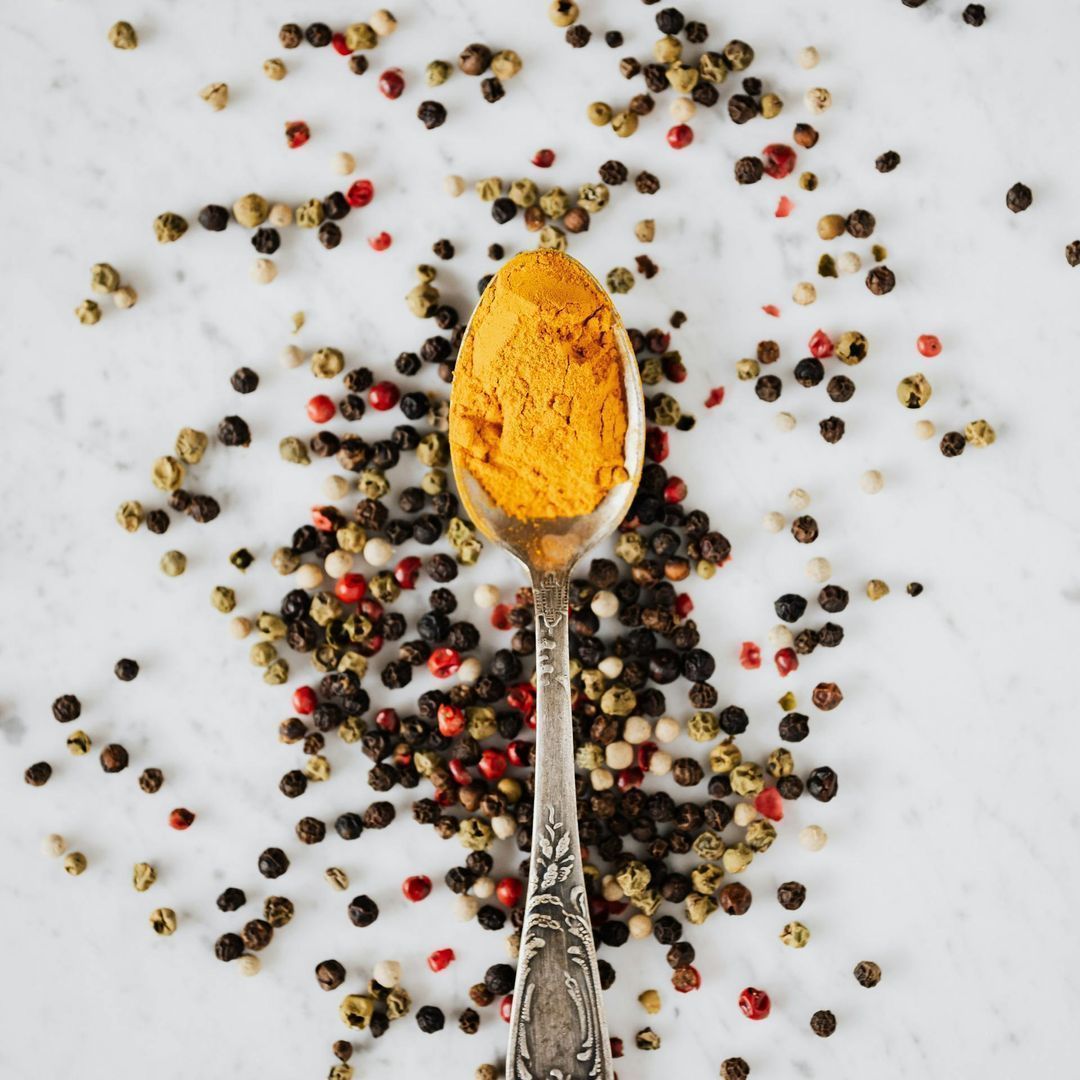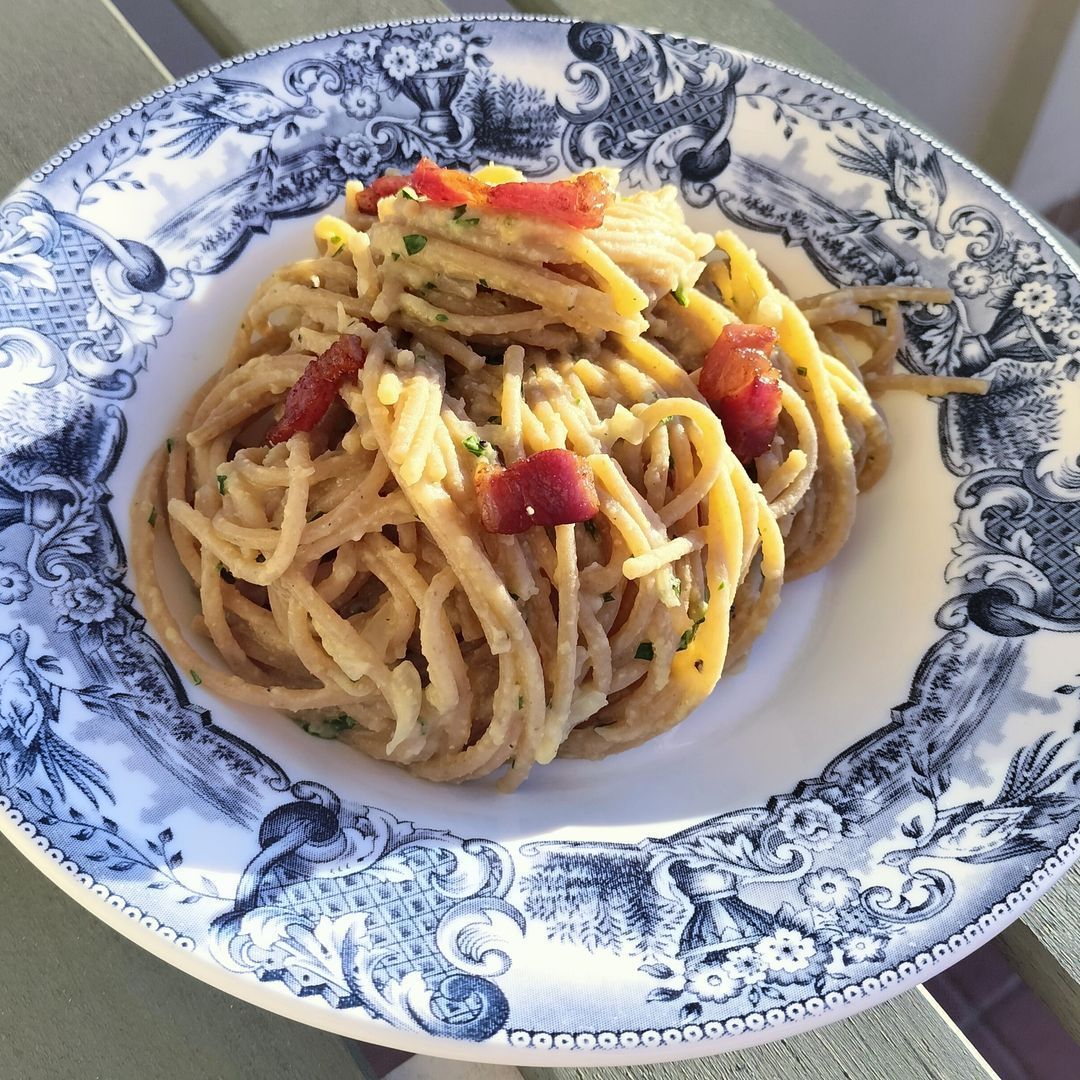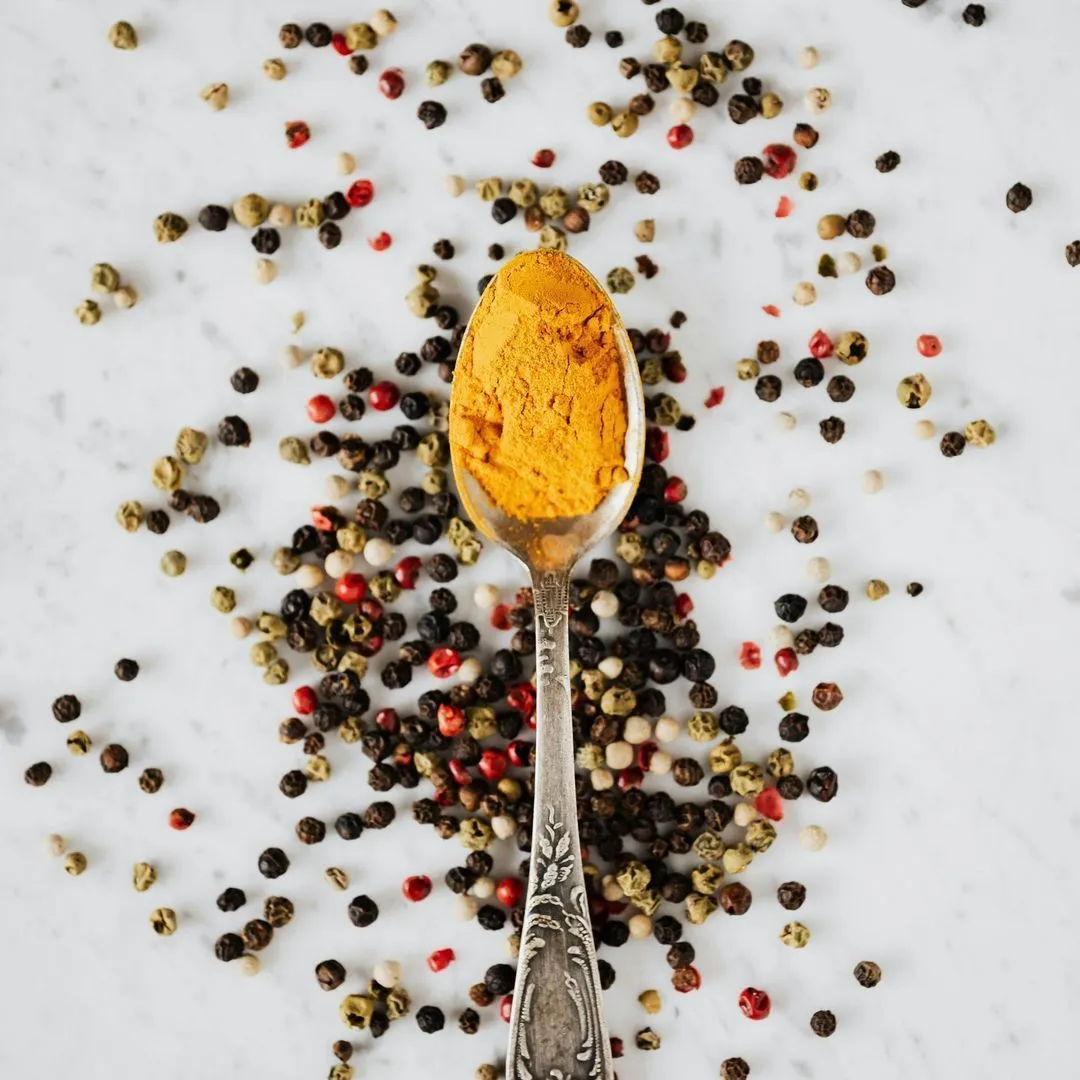Food Synergy: When Unity Makes Strength on the Plate

What happens when we combine two foods? We could get much more than a simple addition of nutrients. This is where #foodsynergy comes in, a fascinating concept that demonstrates how interactions between different foods can enhance the effectiveness of the nutrients they contain. This intelligent combination not only improves absorption, but can transform food into a true medicine for our body. Were not talking magic, but pure science, backed by years of research. This idea isnt new: the culinary traditions of many cultures have unwittingly exploited food synergy for centuries. Think of dishes like rice and lentils in India or pasta and beans in Italy. Behind these seemingly simple recipes lies a perfect nutritional alchemy. But why do some combinations work so well? Lets find out together by exploring some concrete and scientifically validated examples.
Legumes and Cereals: The Recipe for Perfect Protein
Protein is essential for our bodies, but not all protein sources are created equal. #Legumes and #cereals, taken individually, do not contain a complete profile of essential amino acids. Why? Legumes lack methionine, while cereals are low in lysine. However, when consumed together, as in a dish of rice and beans, they compensate for each others deficiencies.
Why does it work?
#Amino acids are the building blocks of proteins, and our body uses them to repair tissues and build muscles. If one of these building blocks is missing, protein synthesis stops. By combining legumes and cereals, you get a mix that provides all the essential amino acids, just like animal proteins.
Practical example:
- Pasta and chickpeas or rice and lentils are not only tasty but also nutritionally balanced.
- For a complete meal, just one serving of 80 g of cereals and 50 g of legumes is enough.

Pasta crema di ceci e guanciale
Pasta cremosa con crema di ceci e guanciale croccante: un mix di sapori rustici e vellutati, perfetto per un piatto originale e gustoso!
Tempo di preparazione
15 minutiTempo di cottura
25 minutiPorzioni
MediaDose
4Strumenti
Frullatore ad immersione, Padella, PentolaIngredienti
Ceci (precotti)480 gPasta secca integrale400 gGuanciale200 gParmigiano reggiano DOP4 cucchiaiAglio2 spicchiPrezzemolo2 cucchiaiCipolla rossa1 pz (150 g)Pepe neroq.b.1 Rimuovi la cotenna dal guanciale e taglialo a strisce. Fallo quindi rosolare in una padella antiaderente a fuoco bassissimo.
2 Nel frattempo mondo e trita finemente la cipolla e l'aglio. Porta ad ebollizione l'acqua salata per la cottura della pasta.
3 Quando il guanciale avrà rilasciato il suo grasso aumenta la fiamma per renderlo croccante. Rimuovi il guanciale e cuoci nuovamente a fiamma bassa il trito di cipolle e aglio. Nel frattempo porta avanti la cottura della pasta.
4 Crea la crema frullando i ceci con 3-4 mestoli cottura. Aggiungi la crema in padella e continua la cottura. Aggiungi anche del prezzemolo tritato.
5 Scola la pasta e mantecala in padella con un po' di formaggio grattugiato.
6 Completa il piatto formando dei nidi con l'aiuto un mestolo e di una forchetta. Completa il piatto con del guanciale croccante.
Iron and Vitamin C: A Winning Pair
Have you ever wondered why its often recommended to squeeze a little lemon over your spinach or lentils? Its because the iron in plants (so-called non-heme iron) is less bioavailable than that found in meat. Vitamin C, however, has a superpower: it converts iron into a form our body can absorb more easily.
The power of vitamin C
This vitamin acts as a "facilitator," helping the intestine absorb iron. Studies show that a dose of 75-100 mg of vitamin C can increase iron absorption by up to 67%.
Practical example:
- Spinach sautéed with a bit of lemon juice.
- Stewed lentils served with a raw red pepper salad.
Fats and Fat-Soluble Vitamins: An Essential Duo
Have you ever noticed that oil-based dressings are often paired with salads full of colorful vegetables? Its not just a matter of taste. Vitamins A, D, E, and K, essential to our health, are fat-soluble, meaning our bodies can only absorb them in the presence of fat.
Why does it work?
Without fats, much of these vitamins are simply lost. Even a small amount of fat can make a difference, significantly increasing absorption.
Practical example:
- Raw carrots with a drizzle of extra virgin olive oil.
- Avocado in a salad with spinach (#vitamin K).
- A slice of whole grain bread with butter to accompany eggs (vitamin D).
Curcumin and Black Pepper: An Anti-Inflammatory Powerhouse
Turmeric is known for its #antiinflammatory properties, thanks to curcumin, its active compound. However, this molecule has a big limitation: it is absorbed very poorly by our body. This is where piperine, found in black pepper, comes into play, increasing its bioavailability up to 2,000%.
Practical example:
- Golden milk: mix plant-based milk, turmeric, black pepper, and a pinch of cinnamon for an anti-inflammatory drink.
- Add turmeric and black pepper to your curry or vegetable dishes.
Calcium and Vitamin D: The Secret to Strong Bones
Calcium is the most abundant mineral in the human body, essential for bone health. However, without vitamin D, calcium cannot be absorbed effectively. Vitamin D acts like a "can opener," allowing the intestine to capture and transfer calcium to the bones.
Practical example:
- Sardines: contain both calcium and vitamin D.
- Milk fortified with vitamin D.
Conclusion: Creating the Perfect Synergy
Food synergy is not just a scientific concept, but a principle we can apply every day in our diet. Thinking of food as a combination of elements that work together allows us to maximize the benefits of what we eat, improving health and well-being.
Try combining foods strategically by following these examples, and you’ll discover that your plate will not only be more nutritious but also incredibly functional. It’s no coincidence that people say, “You are what you eat,” but perhaps we should add: “and how you combine it.”

flavio_campaniolo
Data di inserimento 05 mag 2025
Report article


Comments
There are no comments yet.